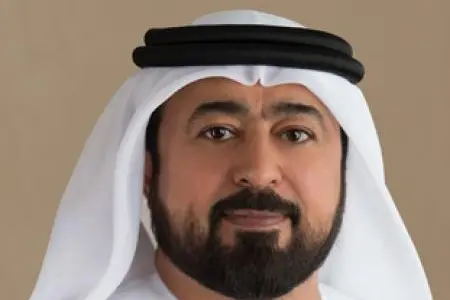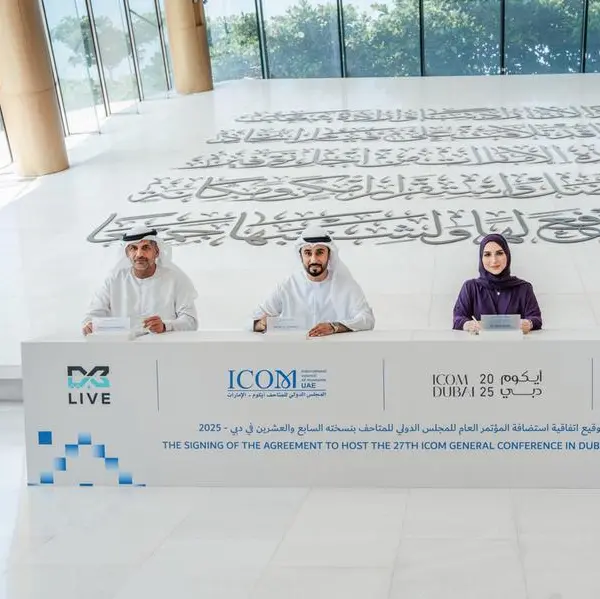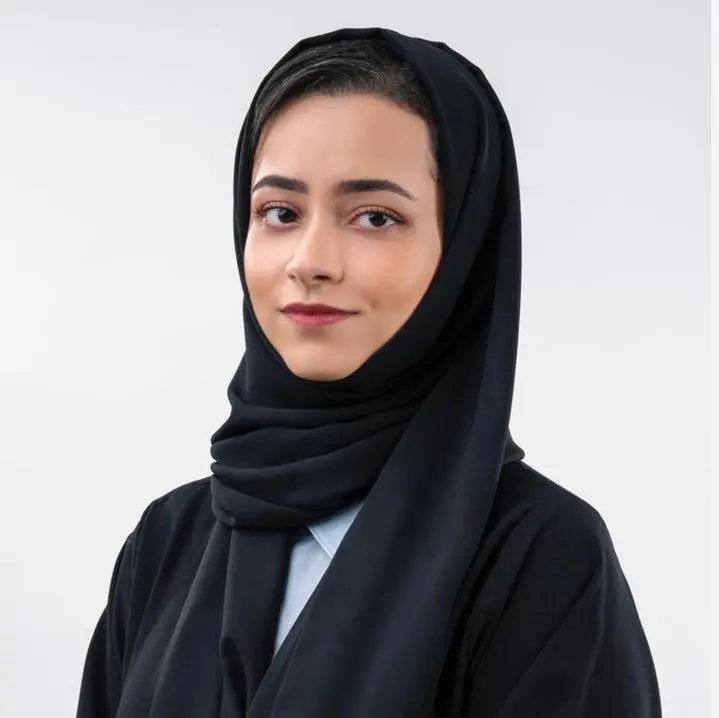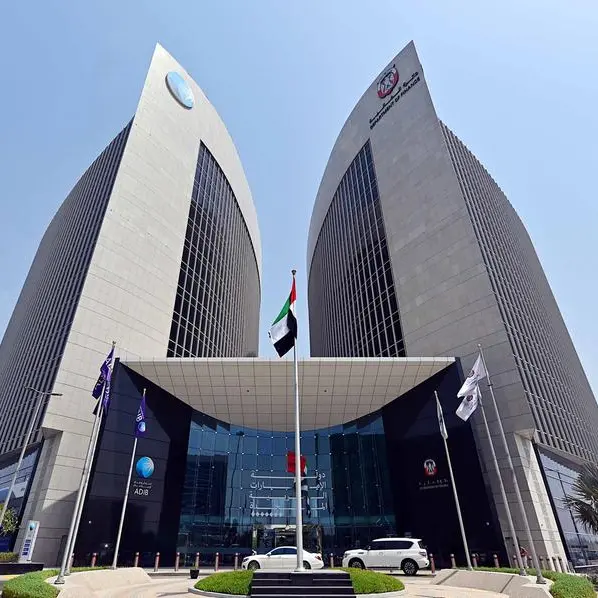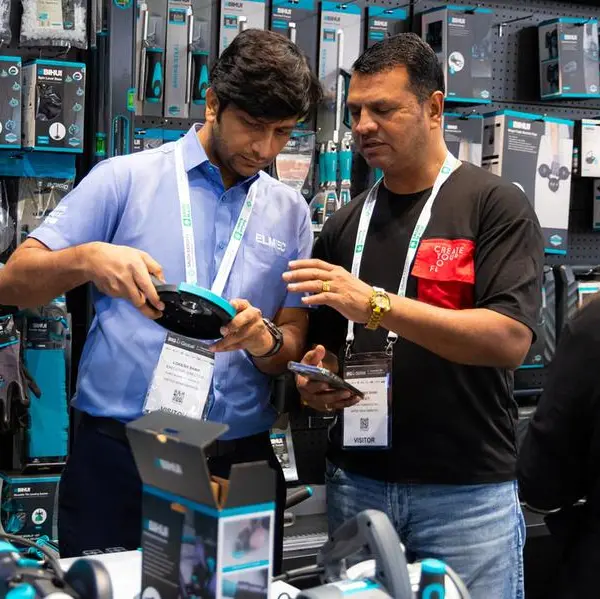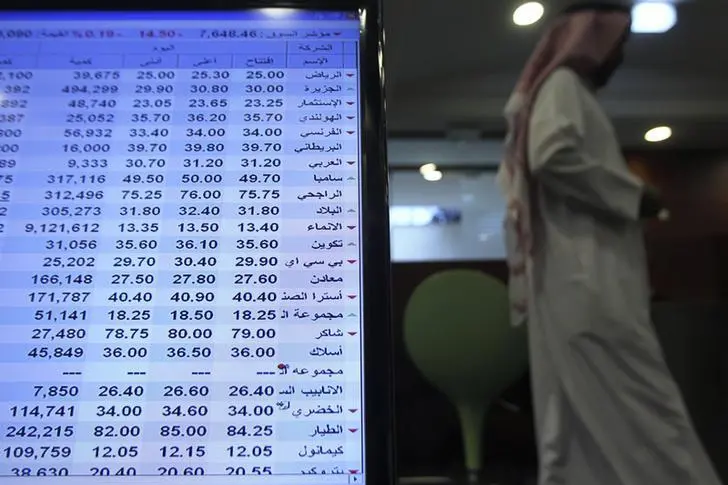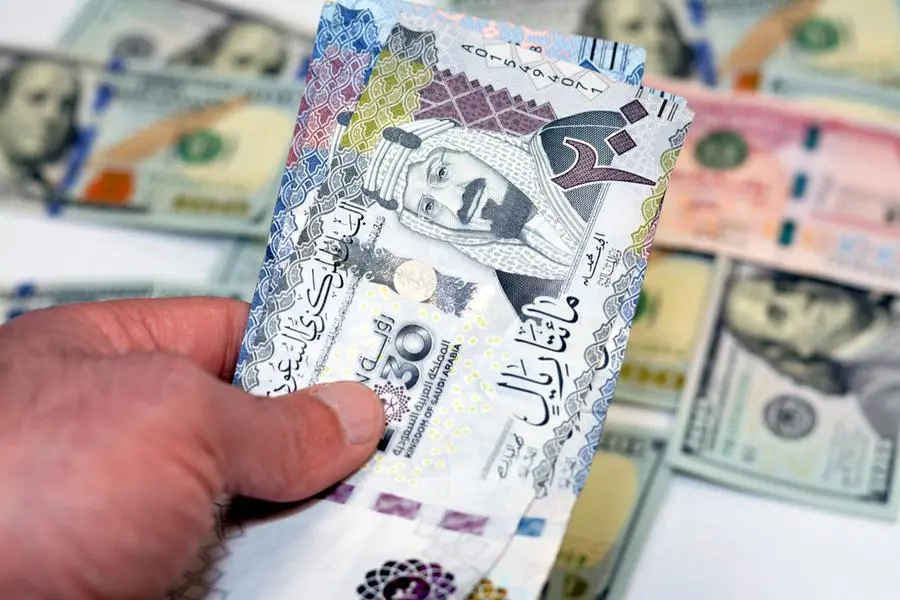PHOTO
- HE. Mohamed bin Jarsh Al Falasi:
- Energy and the environment go hand in hand; they are deeply interconnected and share a common goal.
- The joint taskforce we have formed with the Environment Agency offers a prominent platform for our two entities to put their capabilities at the disposal of one another.
- HE Dr. Shaikha Salem Al Dhaheri:
- EAD-DOE joint taskforce presents a channel to a holistic resource management and sustainable development in Abu Dhabi through addressing the inextricable link between environment, water and energy (the nexus).
- Natural resources are the input into the water and energy production and subsequent consumption operations but also the recipient of their impacts. A balanced approach must be attained to ensure creating a sustainable future and preserving the important resources of the Emirate for years to come
Abu Dhabi – The Abu Dhabi Department of Energy (DoE) and the Environment Agency – Abu Dhabi (EAD) held a meeting recently to discuss the progress made by the joint Taskforce they had formed to promote collaboration among them to ensure the sustainability of natural ecosystems and preserve the terrestrial and marine environment of the emirate.
The Taskforce was formed during a meeting that brought the two entities together on January 23, 2019 and has met five times prior to today’s meeting. Attendees sought to further define the Taskforce’s role, responsibilities, and areas of cooperation, as well as to exchange data and coordinate efforts to develop policies, regulation frameworks, and strategic plans of mutual interest. The meeting’s agenda also included developing mechanisms of coordination to implement projects and studies, identifying key areas of challenges, and outlining new work streams for potential collaboration in 2020 and 2021.
DoE Undersecretary His Excellency Mohamed bin Jarsh Al Falasi said: “As the government entity entrusted with driving the transformation of Abu Dhabi’s energy sector and shaping the sustainable energy sector of the future, the Abu Dhabi Department of Energy places environmental issues at the top of its strategic priorities. Indeed, energy and the environment go hand in hand; they are deeply interconnected and share a common goal to prioritise sustainability, rationalise consumption, and preserve natural resources in the emirate.”
“DoE has made great strides towards protecting the environment with various initiatives such as the Abu Dhabi Demand Side Management and Energy Rationalisation Strategy (DSM) 2030, the Recycled Water Policy, and the Use It Wisely campaign, among others,” H.E. Al Falasi added. “The joint Taskforce we have formed with the Environment Agency offers a prominent platform for our two entities to put their capabilities at the disposal of one another, and to collaborate and move forward towards our common goals of sustainability and protecting the environment.”
HE Dr. Shaikha Salem Al Dhaheri, Secretary-General of the Environment Agency - Abu Dhabi, EAD said: “EAD-DOE joint taskforce presents a channel to a holistic resource management and sustainable development in Abu Dhabi through addressing the inextricable link between environment, water and energy (the nexus). We are certain that the Department of Energy has put environmental issues at the top of their priority agenda, and this has been evident in the progress we have made with regards to the combined Task Force – further reinforcing the merits of our strong partnership. With an extensive scope of work that spans across a variety of sectors such as wastewater, air quality, greenhouse gas emissions, sustainable energy and much more, we will continue working closely together on the development of policies, regulations, strategic projects and programmes to achieve our goals.”
She also added that natural resources are the input into the water and energy production and subsequent consumption operations but also the recipient of their impacts. A balanced approach is attained to ensure creating a sustainable future and preserving the important resources of the Emirate for years to come. Both organisations are aligned in executing the Abu Dhabi government’s vision of creating a sustainable, helping to achieve the aim of making Abu Dhabi the most livable city in the world.
The two entities identified several key areas of potential challenges ahead, namely in terms of implementing water resources management initiatives; aligning greenhouse gas and CO2 abatement with federal regulations and 2050 targets; solid and liquid waste management from Power & Water production plants in addition to wastewater treatment plants. and the EAD’s role in the Demand Side Management Strategy and various other programmes.
Other areas posing potential collaboration include data on ambient air quality from monitoring stations and atmospheric emissions monitoring, in addition streamlining data exchange on discharges and emissions to reduce duplications of efforts and avoid overlapping.
Representatives from the two entities outlined a roadmap for future cooperation, pinpointing areas where they can collaborate in the 2020-2021 period. These include Energy Outlook 2050 and a Water Outlook with support from a Water Optimiser tool, where the Department is set to launch a project and form an advisory committee with key stakeholders including EAD.
The two government departments are set to align their efforts on greenhouse gas and CO2 monitoring in the power and water sector, in addition to joining efforts on the Waste to Energy Policy that is under consideration, as well as the Demand Side Management Strategy, joint initiatives, and various programmes.
The DoE will work to support power plant operators and its Licensees in general to comply with EAD’s Continuous Emissions Monitoring System (CEMS) e-linking requirements, in addition to developing local emission factors for the energy sector; rallying support from all government stakeholders for establishing a climate change measurement, reporting and verification (MRV) framework; and collaborating on master planning, strategic environmental assessments, research and development (R&D), joint inspections on energy facilities, and the exchange of knowledge, data, and trainings by subject-matter experts. The two entities are also working together in various water related streams in water resources management (Optimise the use of Recycled Water) and water emergency enabling plans with Liwa Aquifer Recharge projects as a key enabler.
The DoE-EAD joint taskforce was formed with five main objectives in mind: Coordinating to develop policies, regulatory frameworks, and strategic plans of mutual interest; integrating inspection and requirements in relevant fields; exchanging data and information that enhances performance for both entities; coordinating to implement projects and studies in fields of mutual interest; and reporting on a quarterly basis to the top management in both entities.
-Ends-
© Press Release 2020
Disclaimer: The contents of this press release was provided from an external third party provider. This website is not responsible for, and does not control, such external content. This content is provided on an “as is” and “as available” basis and has not been edited in any way. Neither this website nor our affiliates guarantee the accuracy of or endorse the views or opinions expressed in this press release.
The press release is provided for informational purposes only. The content does not provide tax, legal or investment advice or opinion regarding the suitability, value or profitability of any particular security, portfolio or investment strategy. Neither this website nor our affiliates shall be liable for any errors or inaccuracies in the content, or for any actions taken by you in reliance thereon. You expressly agree that your use of the information within this article is at your sole risk.
To the fullest extent permitted by applicable law, this website, its parent company, its subsidiaries, its affiliates and the respective shareholders, directors, officers, employees, agents, advertisers, content providers and licensors will not be liable (jointly or severally) to you for any direct, indirect, consequential, special, incidental, punitive or exemplary damages, including without limitation, lost profits, lost savings and lost revenues, whether in negligence, tort, contract or any other theory of liability, even if the parties have been advised of the possibility or could have foreseen any such damages.
